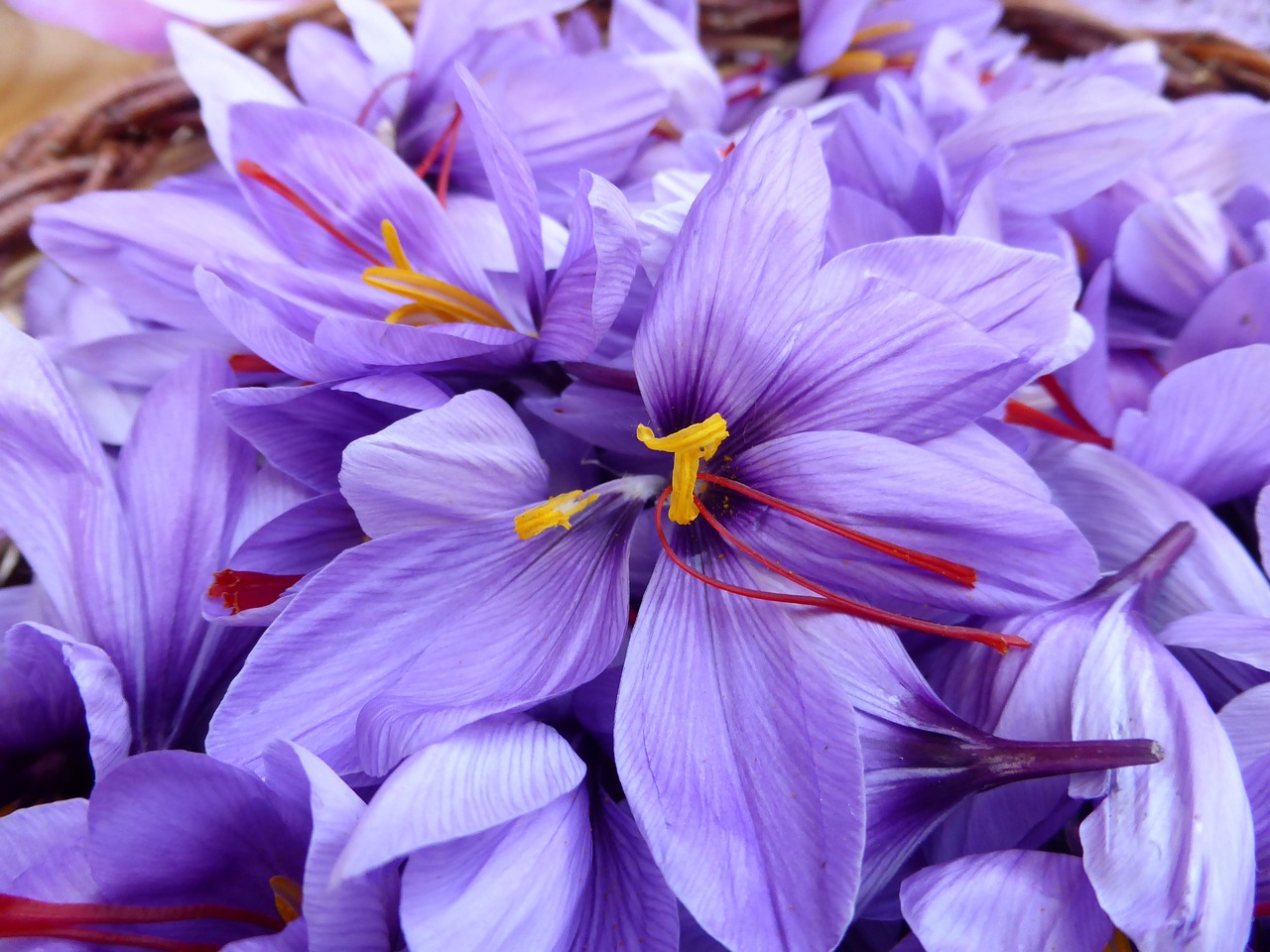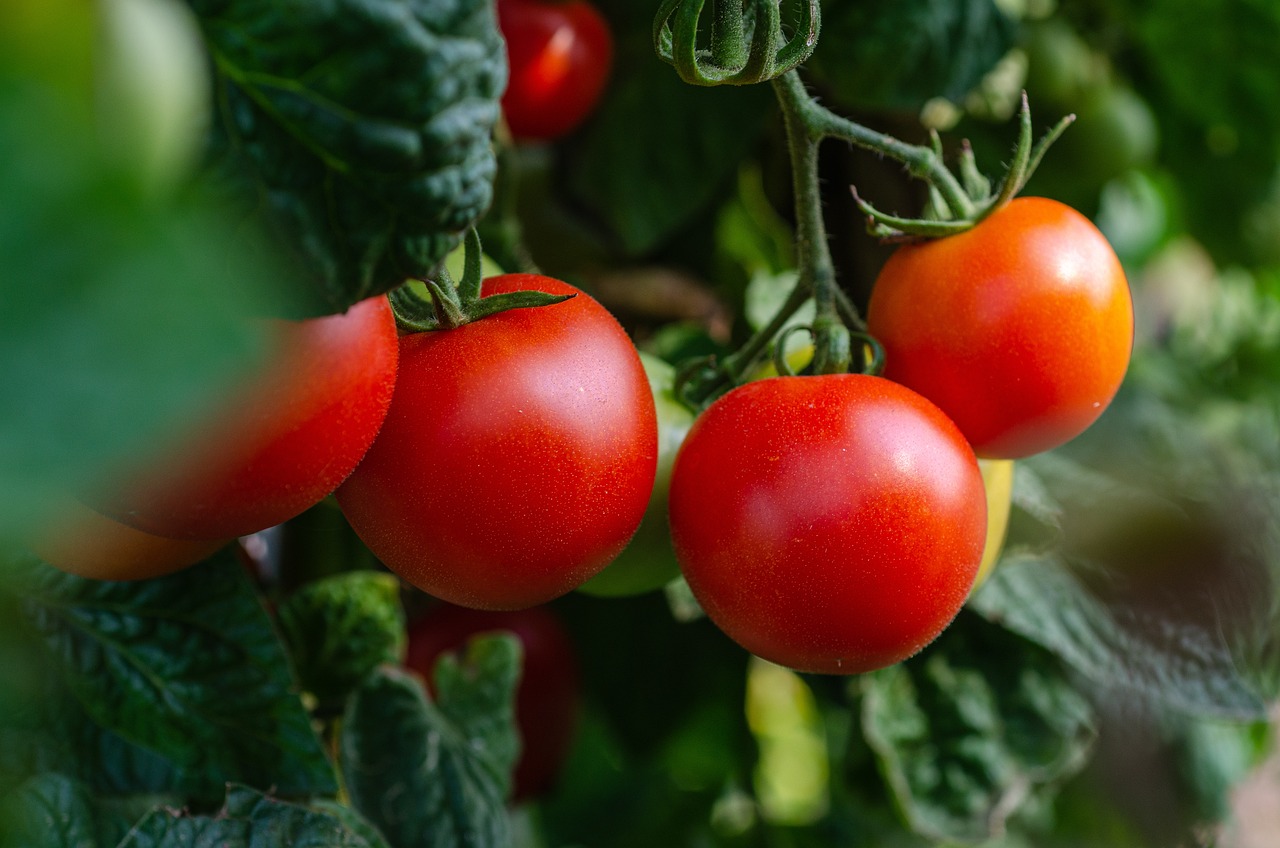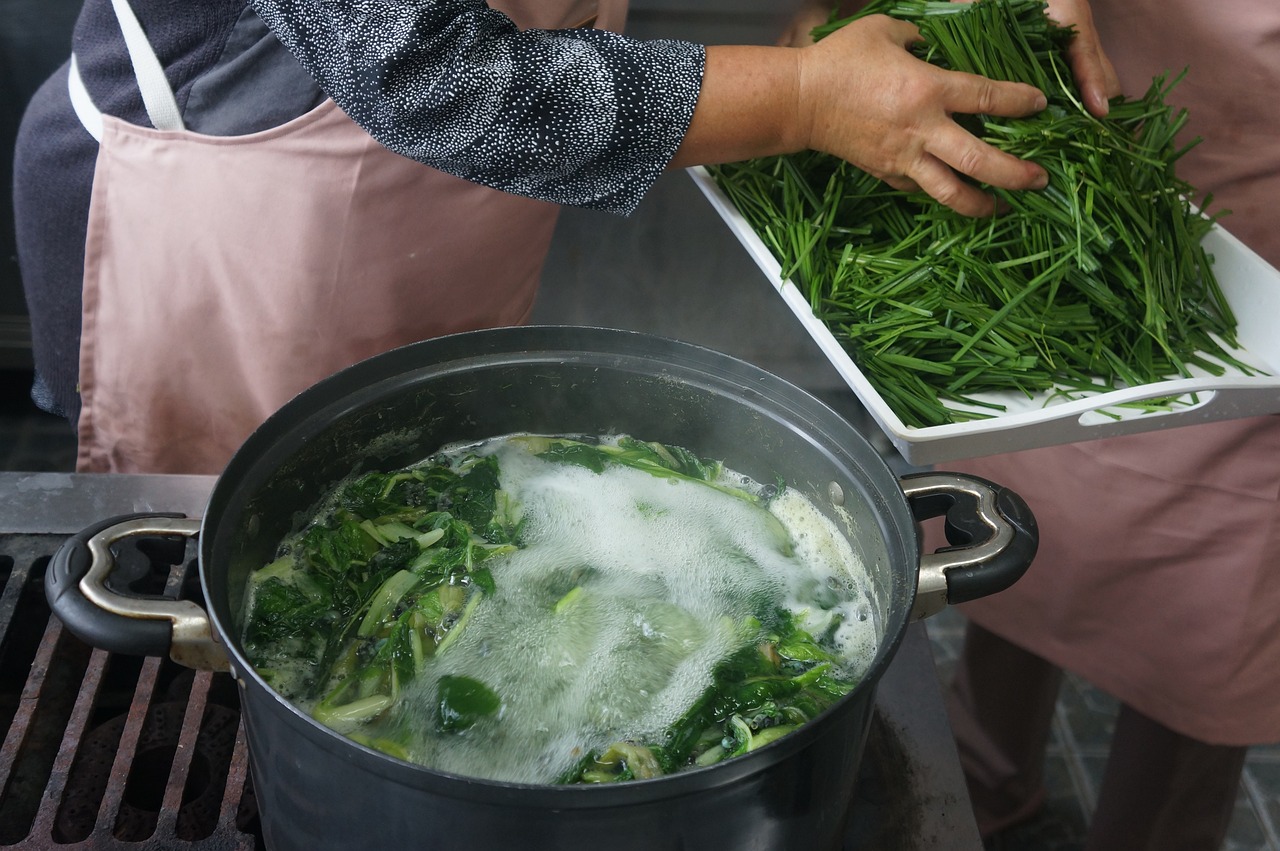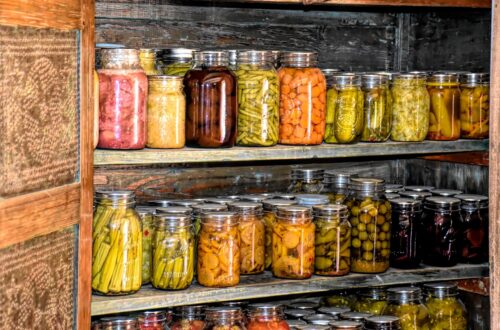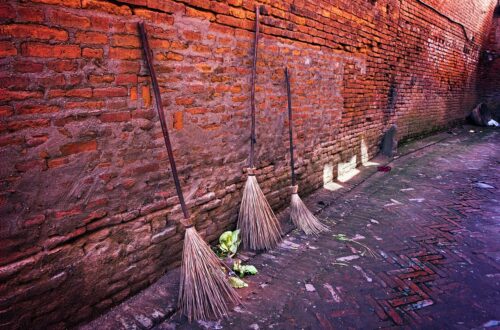Try out market gardening with these profitable crops and sell your harvest at farmers markets and more!
Gardens are productive places bursting with life and delicious homegrown vegetables, fruit and flowers. But if you’d like to get even more use out of your growing space, you may want to experiment with market gardening and grow crops to sell at farmer’s markets, local grocery stores and restaurants. If this idea intrigues you, read on and discover some of the most lucrative crops for small spaces below!
AFFILIATE DISCLOSURE: AS AN AMAZON ASSOCIATE, I MAY EARN COMMISSIONS FROM QUALIFYING PURCHASES.

Most Lucrative Plants to Grow in Small Garden Spaces
The best crops to grow for profit are plants that excite you, plants that sell well at local farmers markets and plants that are well adapted to your growing zone. If you’re serious about market gardening, you’ll want to do plenty of research, get your soil tested and make sure you have a game plan in place for selling your harvest. To help you get started (and hopefully inspire you!), I’ve compiled some of the best cash crop options below!

1. Wasabi (Eutrema japonicum)
Most of the wasabi you’ll find at grocery stores or restaurants isn’t actually wasabi (it’s usually horseradish colored with green dye!) However, if you want the real deal, you can grow wasabi at home and potentially sell it for profit. Just keep in mind that growing wasabi can be a challenge and it may not be the best choice for beginning gardeners.
Part of the reason why wasabi plants are tricky is because this plant naturally grows along shady streambanks and ponds with running water and it doesn’t do well in greenhouses. To keep wasabi happy, you’ll want to imitate these growing conditions as closely as possible and you’ll usually need to wait about 15 months to harvest fresh wasabi roots (although you can harvest wasabi leaves even earlier). However, if you’re up for a challenge, wasabi is one of the most expensive crop options around and it can be a rewarding plant to keep.
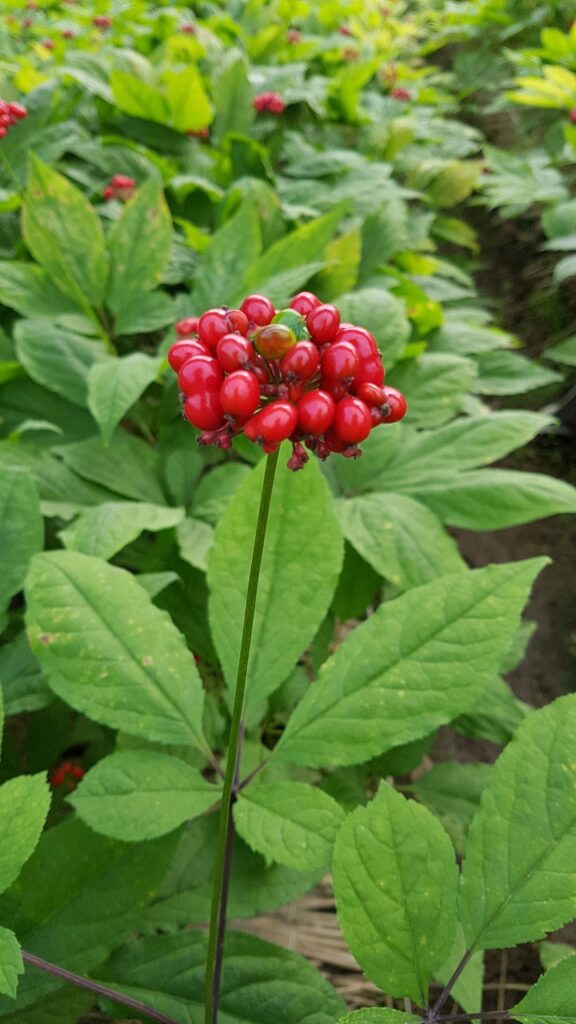
2. Ginseng (Panax quinquefolius)
There are two main types of ginseng: Korean ginseng and American ginseng; however, American ginseng plants are usually a better option for market gardening. American ginseng is mostly cultivated for its roots, but patience is key if you want to grow it. On average, it takes about 6 years for American ginseng roots to reach a harvestable size, although you can harvest immature rootlets and ginseng seeds in the meantime.
Unlike many other edible crops, American ginseng thrives in shady spots and it’s a good choice for forest gardening. You can also cultivate this crop in sunny locations if you install a shade cloth overhead. Just keep in mind that wild American ginseng plants are protected in some areas and you may need a license to grow them, so be sure to do your research and follow local guidelines.
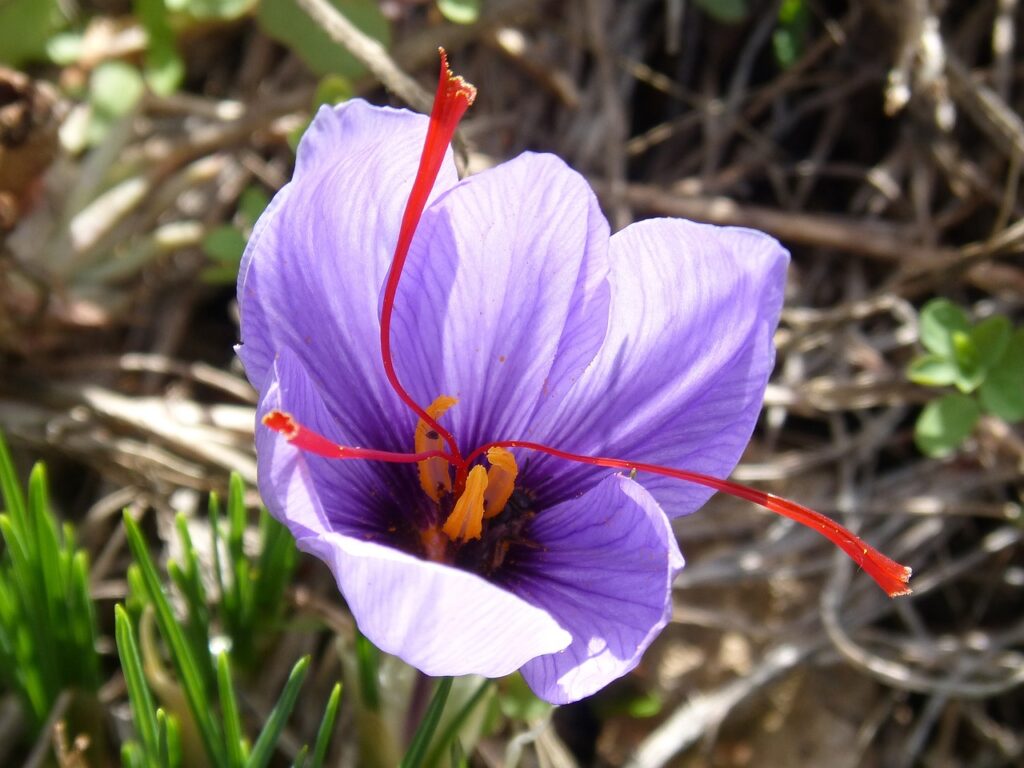
3. Saffron (Crocus sativus)
Possibly the most lucrative crop to grow in small spaces, saffron is also one of the most expensive spices around. Chefs prize saffron for its golden-yellow color and delicate, honey-like flavor, which can be used in seafood, desserts and more. But many people don’t realize that saffron threads are actually the edible stamens of a particular type of crocus and you can plant saffron in a small space garden!
Growing saffron spice requires an investment as most gardeners cultivate saffron crocuses from bulbs or corms, which need to be ordered from seed catalogs. It takes about 75,000 saffron crocus bulbs to produce 1 pound of saffron; however, saffron plants are small and you can grow a crop of that size on a 1/4 acre property. Saffron threads need to be picked by hand and saffron plants grow best in areas with mild winters, but they’re technically hardy through USDA growing zones 6 to 10.

4. Microgreens
Microgreens are all the rage these days and they can be used to spruce up salads, top off sandwiches and more. But beyond being tasty, microgreens are easy to keep, fast growing and ultra small space-friendly and selling microgreens offers a fun and unique challenge for the market gardener!
Unlike most other crops, microgreens are typically cultivated indoors in growing trays stacked on shelves with grow lights. As a result, microgreens are potentially the most lucrative crop per acre, they’re scalable and they’re also a fine choice for urban gardeners who don’t have outdoor growing space. If you’re interested in growing microgreens for profit, some of the easiest microgreens to grow include:
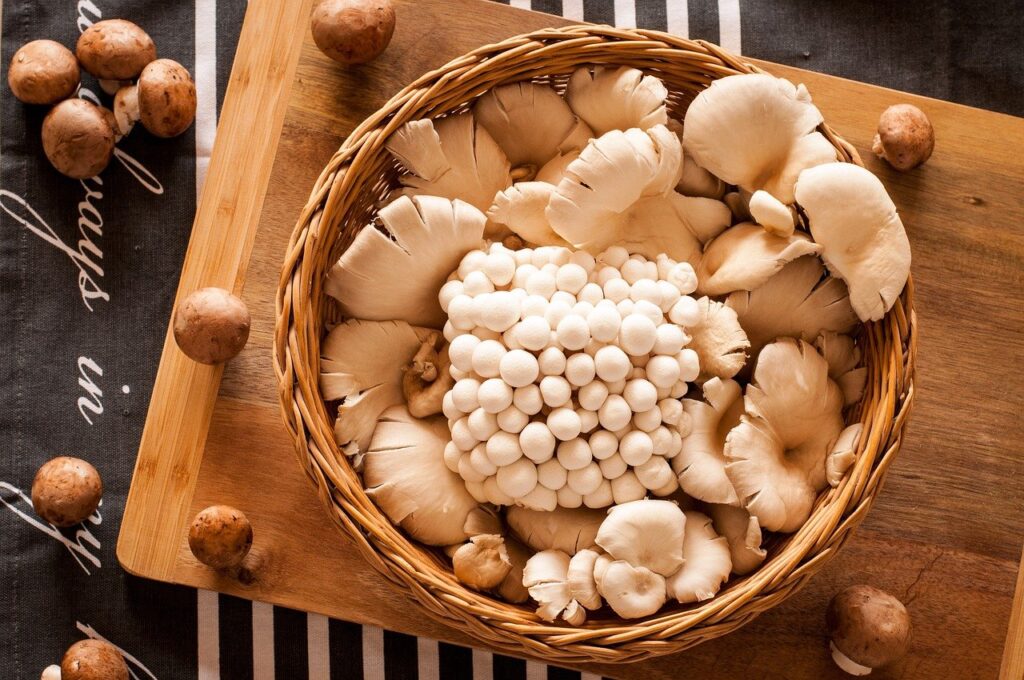
5. Mushrooms
Like microgreens, you can grow mushrooms indoors, but mushrooms are also suitable for larger outdoor gardens and forest gardening. Indoor mushrooms are typically cultivated in mushroom grow bags filled with sterilized substrate, but large scale growers can also grow mushrooms outdoors in prepared beds or in inoculated logs. However, if you’ve never kept mushrooms before, you may want to experiment with premade mushroom growing kits first to learn the ‘shrooming ropes before you invest in a larger operation.
One of the great things about growing mushrooms for profit is that mushrooms are a very scalable crop and you can expand your grow room as needed with additional shelving. Plus, many mushroom varieties mature in just a few weeks and they can be dehydrated in food dehydrators if you don’t want to bother with selling fresh mushrooms. Some of the easiest mushrooms to grow for beginners include:
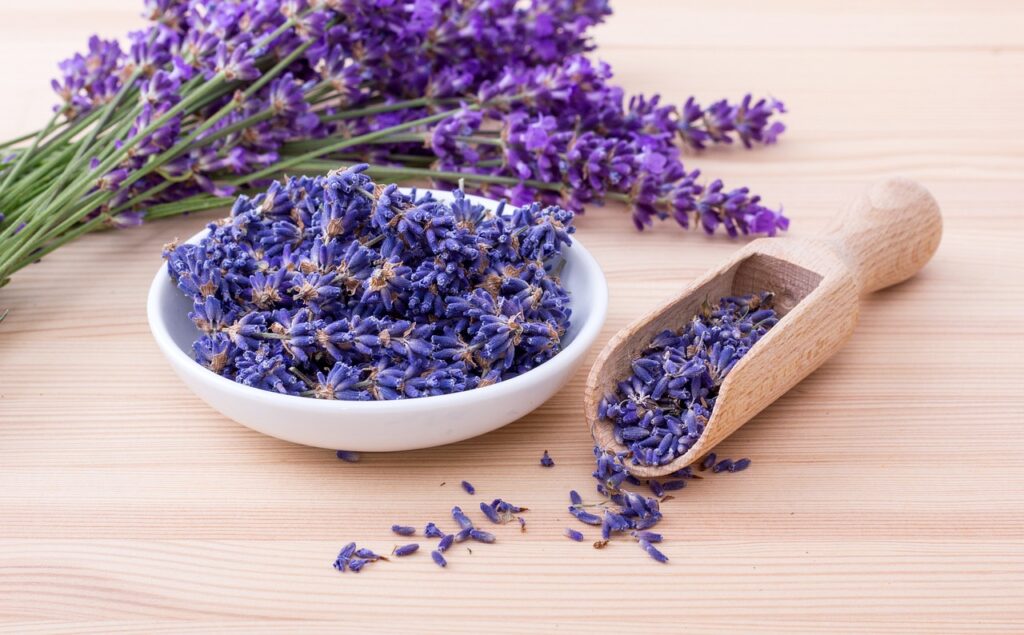
6. Lavender
Lavender is well known for its bewitching fragrance and dainty, purple flowers that are always a hit with pollinators. But if you’re looking for a profitable crop to grow, lavender is another top pick, and lavender plants tend to be less demanding than fast growing crops like microgreens. However, lavender does need some room to grow and purchasing pre-started plants can be a bit of an investment at first.
There are many types of lavender to choose from, but English lavender (Lavandula angustifolia) is the most common type of lavender to keep for edible use. English lavender can be worked into baked goods, herbal teas, homemade jellies and spice blends, or it can be grown for its dried flowers, which are often sold in bouquets or used to make homemade soaps, eye pillows and other floral crafts! Lavender plants are relatively hardy too, but they grow best in sunny gardens with well-draining soil.
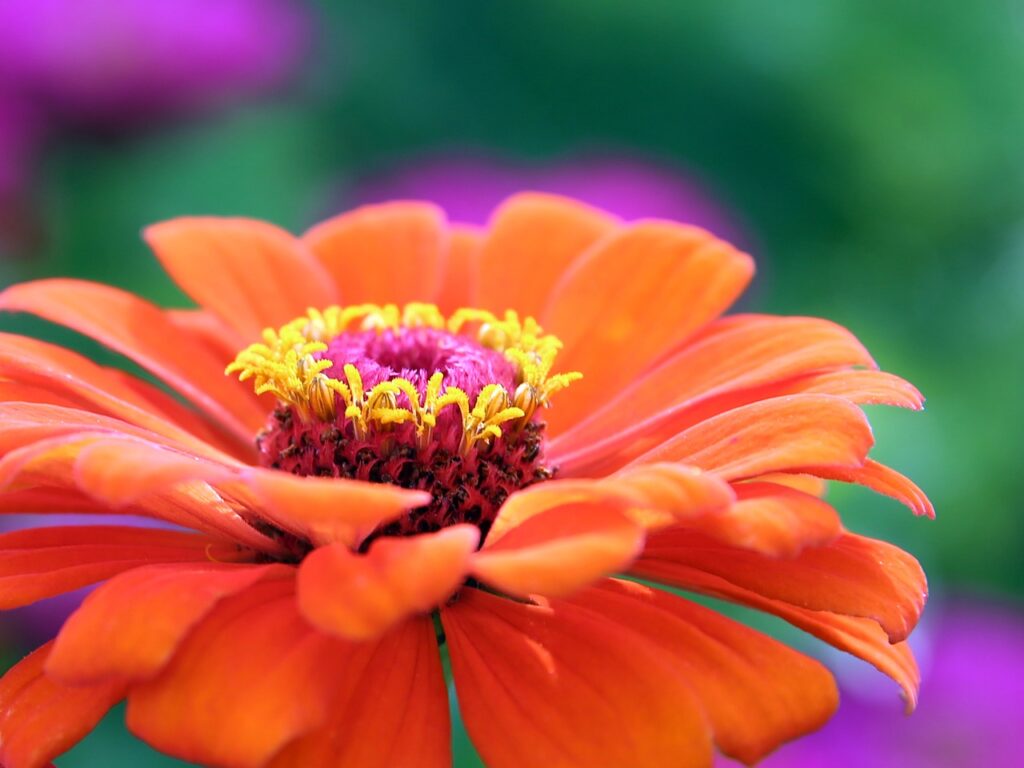
7. Cut flowers
Nothing puts a smile on someone’s face quite like a bouquet of freshly cut flowers. But if you’re keen on market gardening, you may want to grow a cutting garden and sell fresh flowers at farmers markets or use dry flowers for crafting and art. Homegrown cut flowers can also occasionally be sold in bulk to restaurants, hotels, wedding venues and florists depending on where you live and the types of plants you choose to grow.
Compared to some of the other crops on this list, cut flowers are fast growing and they typically have a low initial cost as many flowers are grown from seed (not plant starts). For best results, be sure to research your local market to see what types of flowers sell well in your location and plant flowers that bloom at different times of the year to expand your harvesting window. Today, there are lots of different types of cut flowers to choose from, but some of the most common cut flowers to grow for resale include:
- Peonies
- Roses
- Daffodils
- Tulips
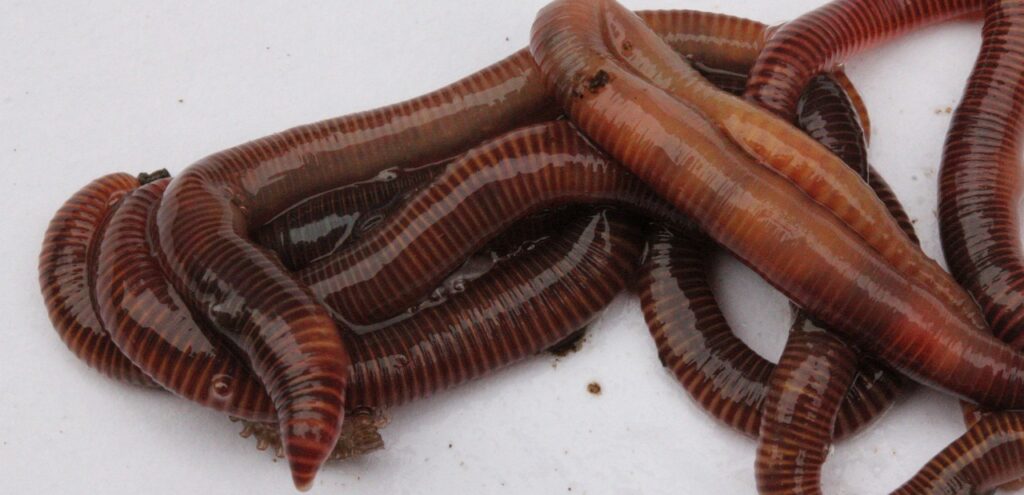
8. Worms and worm castings
Keeping a worm farm may not have the allure of growing cut flowers, but worm farms are potentially one of the most profitable crops around and they’re easy to keep in urban spaces! Composting worms are typically kept in small indoor worm farms and they’re fed kitchen scraps on a regular basis, which they transform into “black gold” or worm castings. When properly maintained, composting worms reproduce rapidly and extra worms (and their castings) can be sold to gardeners, garden centers and, potentially, at farmer’s markets too.
Worm castings (and worm tea) are highly prized in the gardening world because they help plants grow better and they can be used like compost to improve soil structure and plant growth. All you need to get started with composting worms is a worm bin, substrate and red wiggler worms. However, if the thought of keeping worms indoors leaves you feeling icky, you can also keep composting worms outdoors in outdoor compost bins!
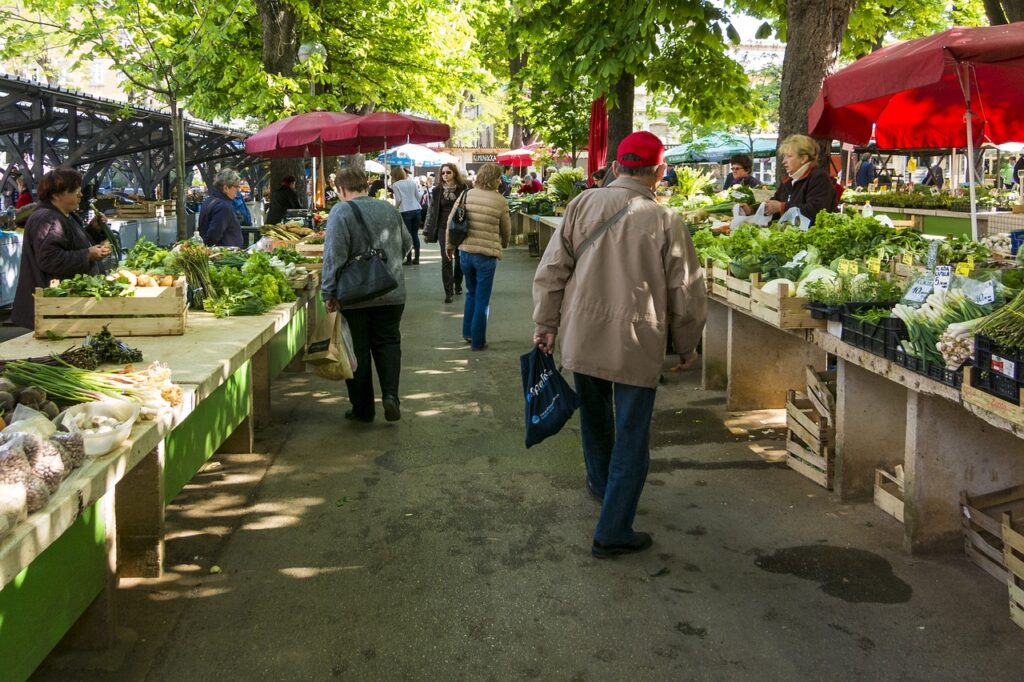
Growing Crops for Profit Tips
- Do your research.
Make sure to research the plants you’d like to keep to ensure they’re appropriate for your growing zone. Some plants can be kept in containers or grown indoors, but other crops need a larger garden to thrive. It’s also wise to talk to people who sell at your local farmer’s market to learn what sells well, what other growers are selling and any other handy tips you may discover along the way. - Go slow.
While you may be excited about growing cash crops, don’t get ahead of yourself. Instead, try growing a few small crops or a small bed to get the hang of things and give yourself some time to figure out what plants grow best in your space. You can always expand your gardening business later… but keep things fun at first and don’t get bogged down with expenses! - Plan ahead.
Before you start growing, make sure you have a plan in place for how you intend to sell your crops. Some crops, like microgreens, have a short shelf life and they won’t keep long in the fridge. Other crops, like mushrooms and lavender, can potentially be dehydrated with a food dehydrator and shipped if needed. - Follow local guidelines.
Different areas have different rules about selling edible products. Make sure you understand what the rules are and how they apply to you before you start growing. - Invest in the right equipment.
What equipment you’ll need will depend on the types of crops you’d like to keep and how you intend to sell them. If you plan on shipping products, you may need to invest in packaging and labels, while fresh crops may need to be stored in a large refrigerator. Grow bags, grow lights and shelving units may be handy for indoor growing, while outdoor gardens may need to be improved with a soil test, compost and other soil amendments.

Frequently Asked Questions About Market Gardening
What is the meaning of market gardening?
Market gardeners operate on a relatively small scale and they cultivate cash crops to sell directly to consumers or other businesses. Market gardeners often sell crops at farmer’s markets, but they may also sell in bulk to florists, grocery stores, restaurants, hotels and more.
What is the best crop for first time farmers?
If you’ve never grown plants before, you may want to steer clear of difficult to keep plants, like American ginseng and wasabi. Microgreens, lavender, worm castings and certain varieties of mushrooms are some of the best crops for beginning farmers, but a lot depends on where your gardening interests lie!
How much land do you need for a garden?
How much land you’ll need depends on the types of plants you’d like to keep. Cut flowers, saffron and lavender can all be grown in a small garden. However, microgreens, worm castings and certain types of mushrooms are even more small space friendly and you may even be able to grow them in apartments!
Disclaimer: The information provided on this website is for informational purposes only and should not be considered as financial advice. The content is provided “as is” and without warranties of any kind, either expressed or implied.
